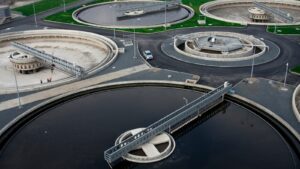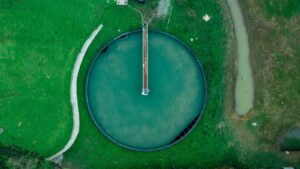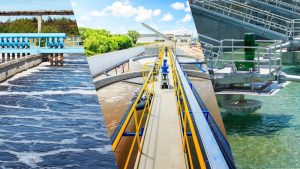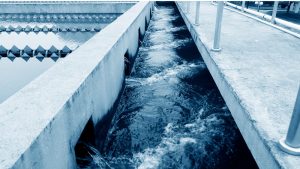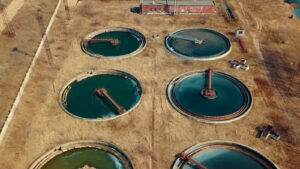Water purification is an essential aspect of providing safe water to the public. According to the United Nations Sustainable Development Goals, Goal 6 requires clean water and sanitation. They note that a person must have at least 20 -50 litres of safe and clean water daily. Water managers, therefore, need to ensure that the right technologies are in place. Unfortunately, the World Health Organisation estimates that over 2.5 billion people lack access to safe water. One way to address this is to implement innovative techniques to purify water. The need to implement innovative technology to solve the problem was contaminated water is a goal of the 2030 agenda. Without such efforts, not only will the public’s health be at risk, but it could also affect other industries that depend on clean water, including agriculture. This article will list several innovative water purification ideas and techniques.
Eight Leading Innovative Water Purification Ideas and Techniques
Having access to water is not simply enough. Governments must ensure the water is hygienic and sufficient for the intended purpose. Failing to meet such quality standards will only mean the end user, be it drinking, watering, or for recreational use, would be dangerous. As per the WHO, approximately 502,000 deaths a year may occur due to contaminated water that leads to diarrhoea. Here are eight ways countries can help all communities in their nations to have access to clean water:
Nanotechnology Water Treatment
Nanotechnology refers to a branch of science, engineering and technology used to produce and design structures, devices and systems manipulating atoms at a nanoscale. The nanoscales require one or more dimensions of 100 nanometres or less. This technology is popularly integrated into water purification methods. It is modular, cost-effective and highly efficient compared to traditional methods. Within the purification process, nanotechnology uses various materials, including carbon nanotubes (CNT), nanomembranes, silver, copper and zero-valent iron nanoparticles, nano adsorbents and nanostructured photocatalysts. All of these contribute towards removing organic, inorganic and biological compounds in water. Integrating such materials helps explicitly to improve the separation of contaminants at low concentrations. Nanoadsorbents of chemical and biological particles are improved, thereby removing metallic pollutants from water.
Solar Water Filtration
Solar energy is an effective method to clean contaminated water as UV light can destroy DNA linkages in microorganisms from being formed. Hence, this prevents microorganisms from reproducing, thereby only leading to the formation of healthy bacteria. At present, the WHO cites this water purification method as one of the most promising and accessible technologies for household water treatment. Solar energy is used in different ways for water filtration. This includes SoDis, which uses solar energy to make water contaminated with harmful bacteria, worms, viruses and protozoa safe to drink. Solar radiation is moreover used to remove toxic chemicals or heavy metals. One solar water filtration product is estimated to provide safe access to water for around ten years, providing 20,000 litres of water daily.
Acoustic Nanotube technology
NASA’S Johnson Space Center invented acoustic nanotube technology. It uses an acoustically powered molecular screen and carbon nanotubes. It uses acoustics to replace pressure to direct water through carbon nanotubes that have a small diameter. This results in the passage of molecules passing whilst, at the same time, blocking larger molecules and contaminants. One unique feature of this water purification system is that it consumes less power. Unlike other systems that remove pollutants from water, this technology drives water away from the contaminants, thereby wholly preventing the water from being contaminated in the first place. In addition to being used in water plants, acoustic nanotube technology is integrated into wastewater treatment plants, desalination plants, industrial factories and more.
LifeStraw
Made by Vestergaad, this is a portable drinking water system. As indicated by the name, it includes a straw that purifies a minimum of 1,000 litres of water, removing 99.9 per cent of bacteria and parasites. Although LifeStraw was initially made in plastic, the company has now introduced a steel one instead, thereby increasing its durability and sustainability in the environment. This is an excellent solution for areas affected by catastrophes or when people have to evacuate to unknown places in emergencies. Carrying this around allows one to quench their thirst in an area unknown using this water-filtering straw. It is estimated that one straw can be used by one person for at least three years and removes waterborne bacteria, microplastics and parasites.
Photocatalytic Water Purification Technology
Photocatalysis is “a catalytic reaction involving the production of catalysts by absorption of light”. This technology has gained popularity in the last few years as an efficient water purification system. It integrates UV rays and photocatalysts to remove toxic substances from water. Panasonic successfully developed this, which used titanium dioxide (which is what photocatalytic includes) as a commercial absordant with zeolite. Titanium dioxide mineralises organic components into safe products. Hence, this process successfully separates photocatalysts from water, allowing them to be reused safely. In other words, it oxidises inorganic pollutants to harmless substances. Some water managers used semiconductor-mediated photocatalysis for water splitting, which removes pollutant degradation and hydrogen production. In this respect, nanocrystalline titanium dioxide (NTO) is a multifunctional semiconductor photocatalyst used for many purposes.
Desalination
This refers to the removal of salt and other materials from water. Hence, seawater is generally purified to make it safe for drinking due to the lack of water in the first place. Sometimes this is also used to create freshwater from brackish water, a natural form of water with more salinity than freshwater but less than seawater. As such, this purification system is particularly used in areas prone to droughts and water shortage more frequently. Desalination as a water purification tool is estimated to grow to 25.7 billion by 2027 due to freshwater depletion in Mideast and Africa. Industrial countries like the United States also heavily rely on this form of purification. Various desalination methods include steam distillation, vapour compression, multiple-effect distillation and reverse-osmosis desalination.
Ultrafiltration
This is similar to reverse-osmosis, referred to under the desalination purification method. It uses a membrane filter to purify water, although the membrane pore size is larger than the former. Hydrostatic pressure pushes water across a semipermeable membrane, allowing purified water to flow. This results in sediments and solids being left inside. Note, however, that ultrafiltration does not filter chemicals from water. This can be solved by integrating other types of filters. Since ultra purification does not use chemicals in any respect, it is also considered a sustainable form of water purification. It is a common tool used in the wastewater industry as it can convert it to fresh and clean water and be redirected for specific purposes.
Fog Catcher Technology
Where water has been completely dried, like in the Morocco region, a purification tool based on fog helps. In Morocco, there is abundant fog at different parts of the day. This is used by society to create water by installing fog collectors on the mountain slopes. Using fog catcher technology, approximately 6300 litres of water can be collected daily. It does this by passing the fog through vertical nets, which trickles into a collection system and then mixed and filtered with groundwater. At present, the largest fog collection system is implemented in Mount Boutmezguida by Dar Si Hmad, another NGO. It is also present in South Africa, Ghana, and California.
Innovation for the Win
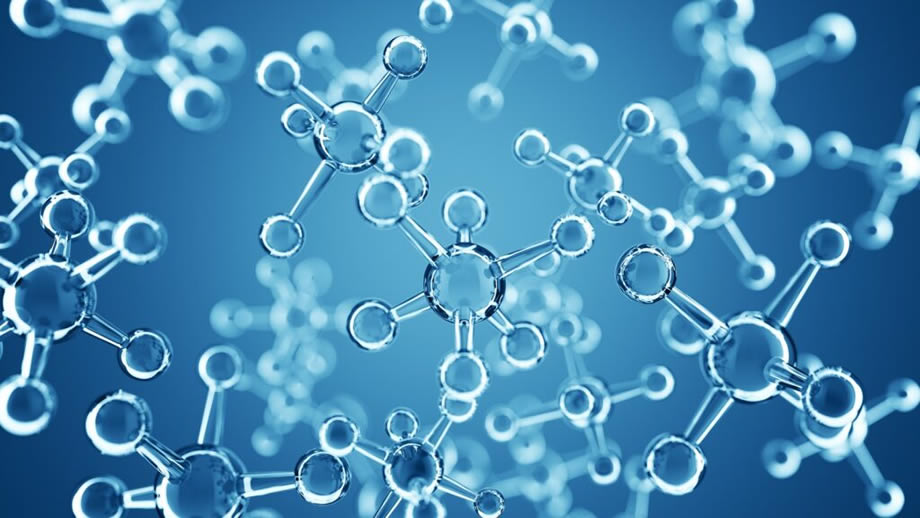
Innovation has allowed many parts of the world to bridge the current gap between communities with uninterrupted access to clean water. At the end of the day, however, a feasible way to provide hygienic water to society more consistently and reliably. To do so, such innovations should be implemented on a municipal council level to ensure one common standard when assessing the level of quality that needs to be met. Are you a water manager responsible for the safety of millions of people? It is time for you to integrate innovative technology and water purification techniques.

